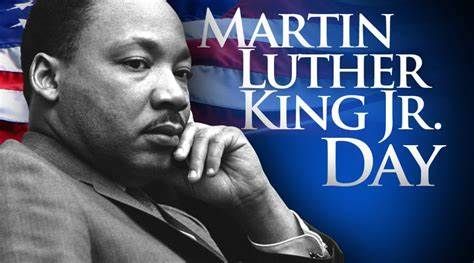Valuing What Makes America Great: Our Diversity
With all that our country is facing, I wanted to refocus on something I believe truly makes America great—our diversity. While there is still much work to do, especially around diversity and retention in the tech industry, this conversation couldn’t be more timely.
Our nation—and our workforce—is becoming more diverse every day. The share of people of color is increasing, more women are joining and leading in the labor force, and members of the LGBTQ+ community are making vital contributions to our economy while living more openly and authentically. Companies that embrace this growing diversity have a stronger footing in today’s competitive marketplace.
A diverse workforce brings together individuals from different backgrounds and experiences, creating more creativity, innovation, and productivity. And businesses are discovering that leveraging this diversity not only strengthens their teams—it improves their bottom line. In this way, diversity is not just a moral imperative—it’s an economic one.
Top 10 Economic Benefits of Workplace Diversity
1. A diverse workforce drives economic growth.
As more women, people of color, and LGBTQ+ individuals join the workforce, the nation’s human capital grows. According to a McKinsey & Company study, women’s increased participation in the labor force—from 37% to 47% over the last 40 years—accounts for nearly 25% of current U.S. GDP.
2. Diversity expands market reach.
A workforce that reflects the population helps businesses better connect with diverse consumer groups. Companies that embrace diverse talent are better positioned to understand, market to, and serve a broader customer base—leading to increased market share.
3. Recruiting diverse candidates leads to a more qualified workforce.
Casting a wider net during recruitment enables companies to access the best and brightest talent. In a competitive economy, hiring from a large and diverse talent pool is essential for long-term success.
4. Inclusive workplaces reduce turnover.
Companies that fail to foster inclusive environments often suffer high turnover and the costs that come with it. Employees are more likely to stay in environments where they feel respected, valued, and understood. Diversity and inclusion help create those environments.
5. Diversity fuels innovation and creativity.
Bringing together employees with different experiences and viewpoints improves problem-solving and sparks innovation. In a Forbes survey of 321 global enterprises, 85% agreed that diversity is key to driving innovation in the workplace.
6. Companies must evolve to stay competitive.
By 2050, the U.S. will no longer have a racial or ethnic majority. New immigrants and their children are projected to account for 83% of the growth in the working-age population. Businesses that embrace these changing demographics will be better positioned to thrive.
7. Diversity powers entrepreneurship.
Entrepreneurs in the U.S. reflect the richness of our nation. People of color own 22.1% of U.S. businesses, women own 28.8%, and the LGBTQ+ community owns approximately 1.4 million businesses, according to the National Gay and Lesbian Chamber of Commerce.
8. Women of color are driving business success.
Women of color own 1.9 million firms, generating $165 billion in annual revenue and employing 1.2 million people. Latina-owned businesses, in particular, are among the fastest-growing segments of women-owned businesses.
9. Diversity gives the U.S. a competitive edge in a globalized world.
To remain globally competitive, American businesses must tap into the full range of available talent. Harnessing the skills and perspectives of diverse communities is a strategic advantage in today’s interconnected world.
10. Boardroom diversity enhances corporate performance.
As demographics shift, so too must leadership. Currently, people of color and women make up just 14.5% and 18% of Fortune 500 board members, respectively. Companies that diversify their boards by adding leaders with varied experiences and insights are more adaptable, innovative, and prepared for the future.



